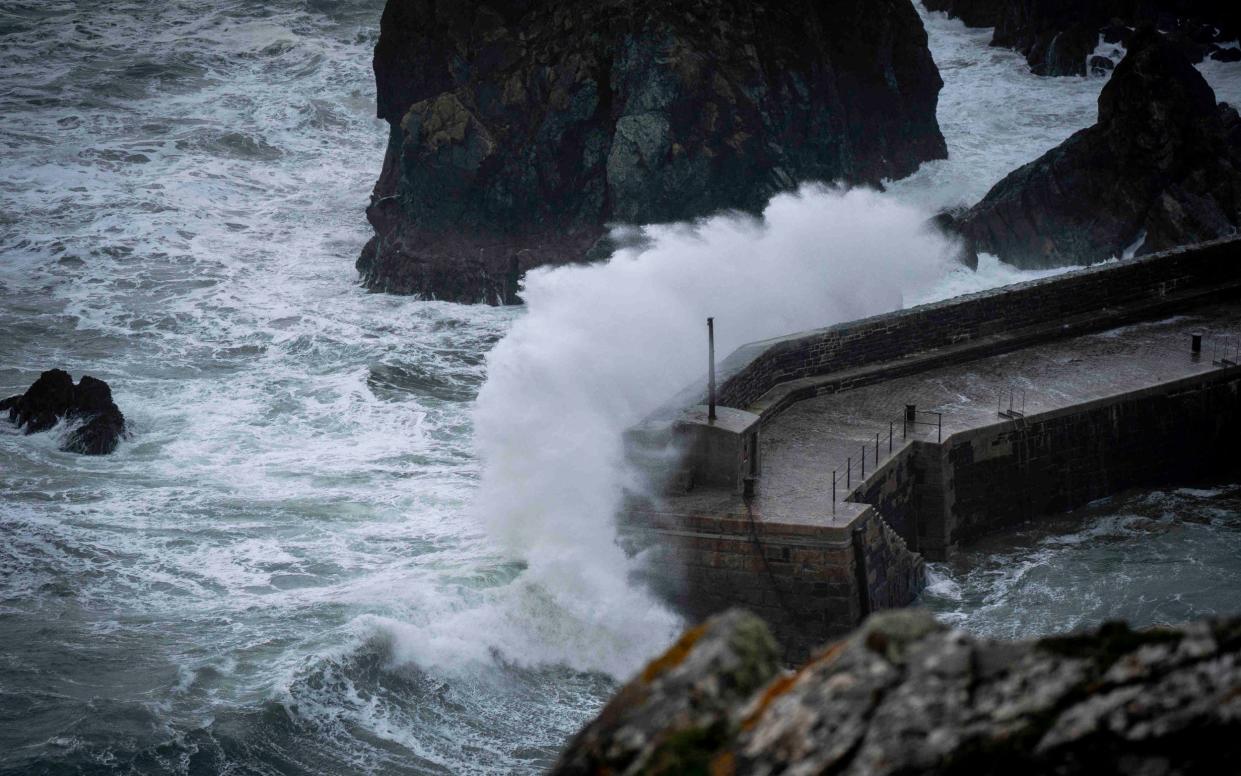Cornwall earthquake felt like a juggernaut hitting a house, say residents

An earthquake in Cornwall over the weekend felt like a juggernaut crashing into a house, local residents have said.
The British Geological Survey (BGS) recorded a 2.7 magnitude quake shortly before 1am on Sunday.
Although the epicentre was near St Michael’s Mount on the south coast, and eight miles beneath ground, it shook houses for several seconds from St Just in the far west of the county to Redruth some 25 miles away.
Residents described the event as like the rumbling of thunder, an explosion or an avalanche which shook windows and ornaments. Others thought it was a sonic boom from an aircraft.
The BGS also said it had received reports from Helston, Penzance and Camborne.
‘Quite small by global standards’
Dr David Hawthorn, a seismologist with the BGS, told BBC Cornwall: “This was quite small by global standards.
“In the UK we have a phenomenally complicated geology and that’s particularly true in Cornwall and sooner or later that stress weakens and we get an earthquake.”
The team has appealed for information and is urging residents to get in touch about their experiences.
Dr Hawthond added: “We are still getting data in, so please give us a description because we want to know how much it shakes the ground in any given location.”
According to the BGS, Britain is shaken by between 200 and 300 small to moderate-sized tremors every year, with fewer than 30 ever felt. Most occur on the west of mainland Britain, where tectonic plates are thinner and weaker.
Large earthquakes rare in Britain
Large earthquakes are very rare in Britain because the UK does not sit on any fault lines between tectonic plates.
The BGS has estimated that the largest possible earthquake Britain could suffer would be 6.5 on the Richter scale, which could cause widespread damage in populated areas.
The largest recorded earthquake near the UK happened in the North Sea on June 7 1931. Known as the “Dogger Bank” earthquake, it occurred around 60 miles off the Yorkshire coast, causing a small tsunami to hit the east coast.
Several chimneys and areas of cliff collapsed and tremors could be felt as far south as London. It was reported that a tourist from Hull died after suffering a heart attack when the head of a waxwork of murderer Dr Crippen was shaken off at Madame Tussauds.

